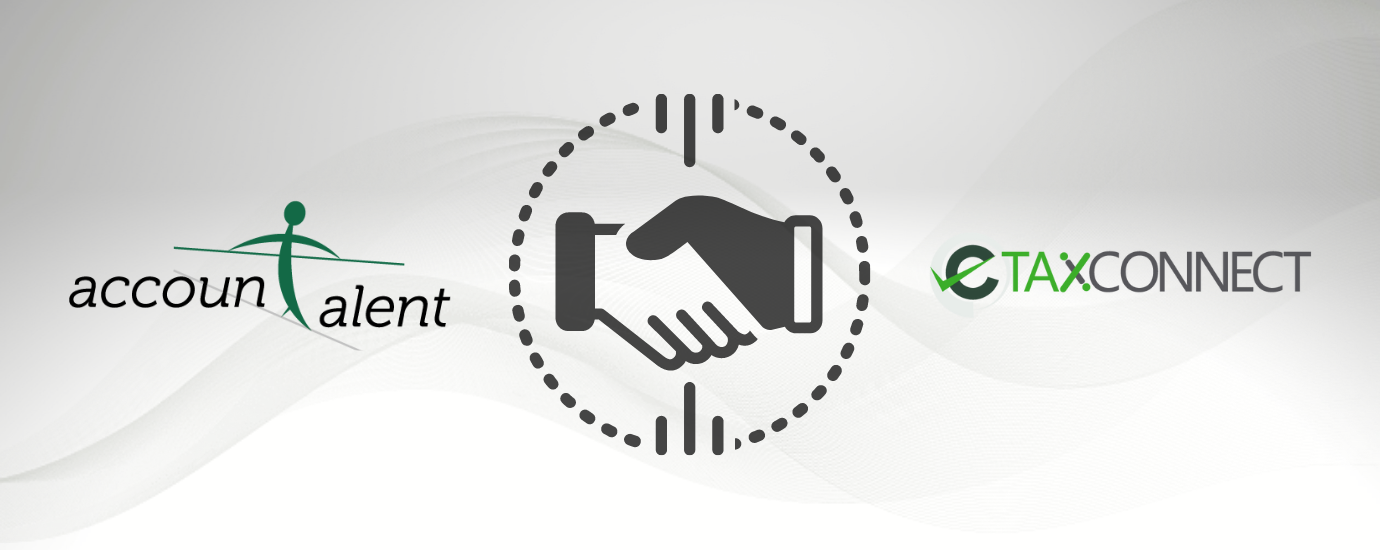Articles

Press Release: Accountalent and eTaxConnect Join Forces to Offer R&D Studies to Software Startups
Accountalent is excited to announce its acquisition of eTaxConnect, an R&D study firm. Leading up […]

Stimulus Bill Quiz: PPP and ERC
Over the past few weeks, Accountalent has been sharing the latest updates on the most […]

Strategies to maximize PPP2 and Employee Retention Credit
The new stimulus bill includes a fresh round of PPP, but the MOST important part […]

So You Sold Your Startup for $50M – Why You Netted $19M, and How You Could Have Netted $32M
Congratulations! This is it. Every entrepreneur’s dream is now your reality. You built your business […]
Boomer: Millennials Will Be the Next Greatest Generation
I know Millennials very well – my tax practice has exclusively serviced 1,500+ tech startups […]